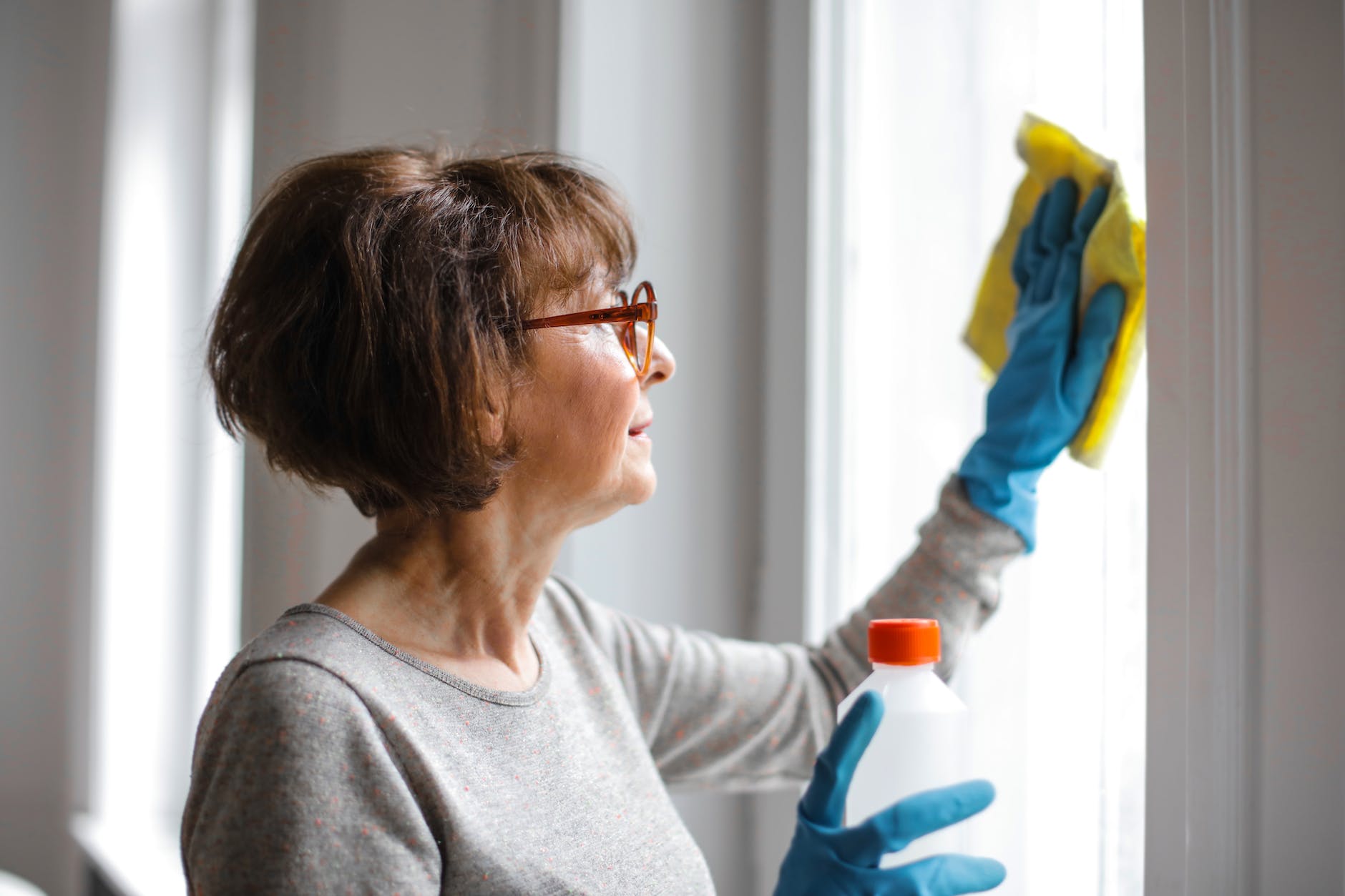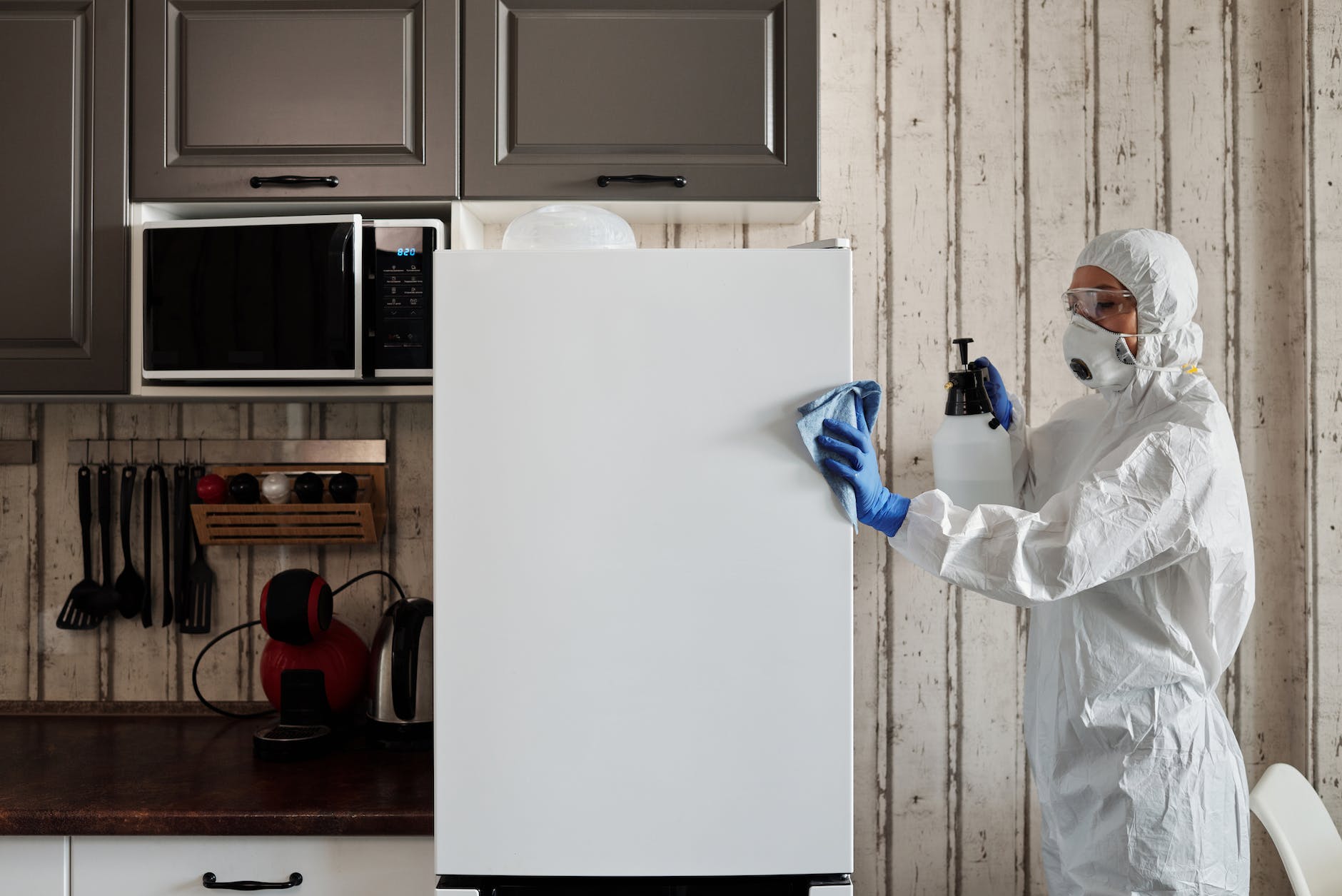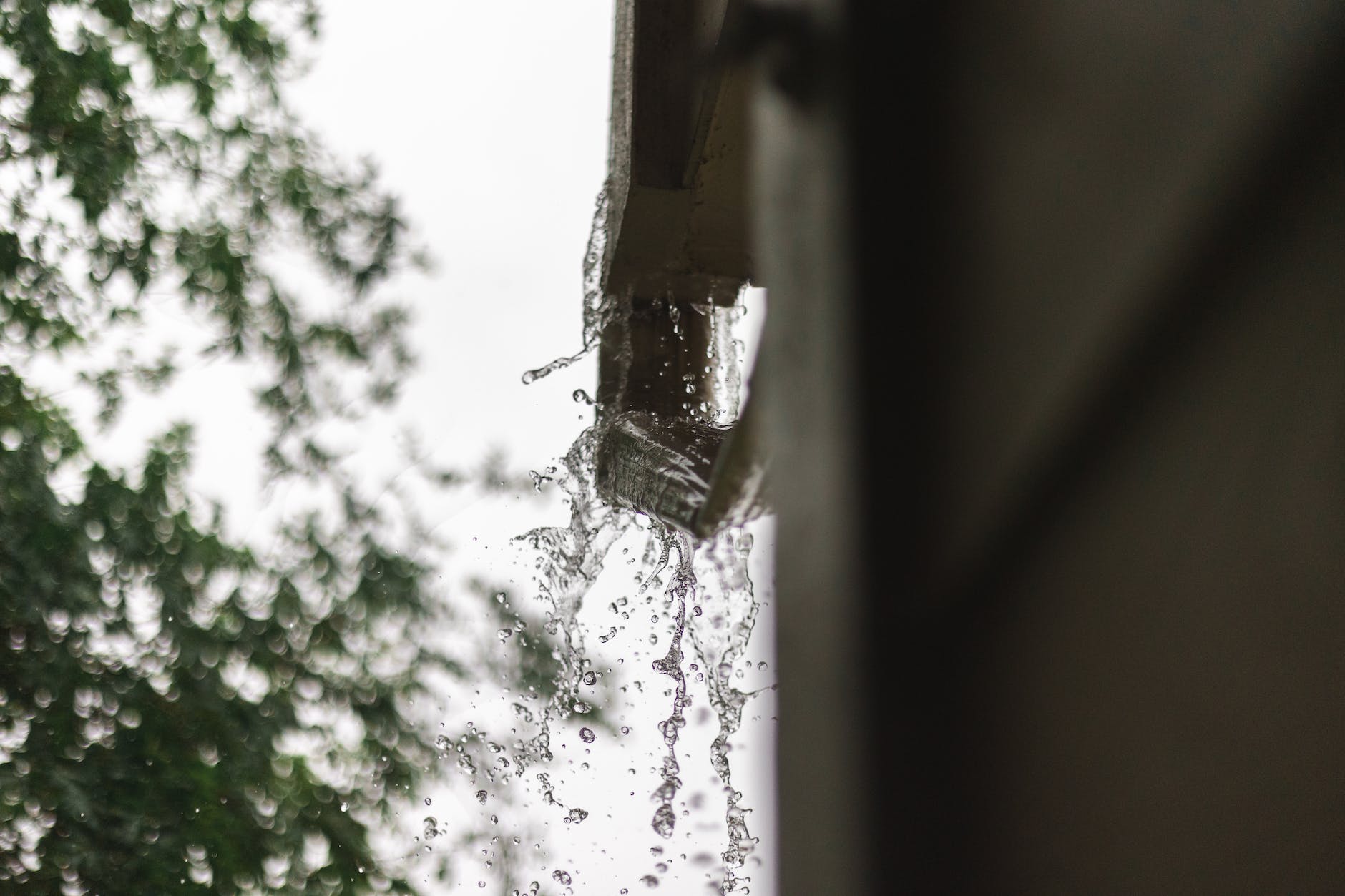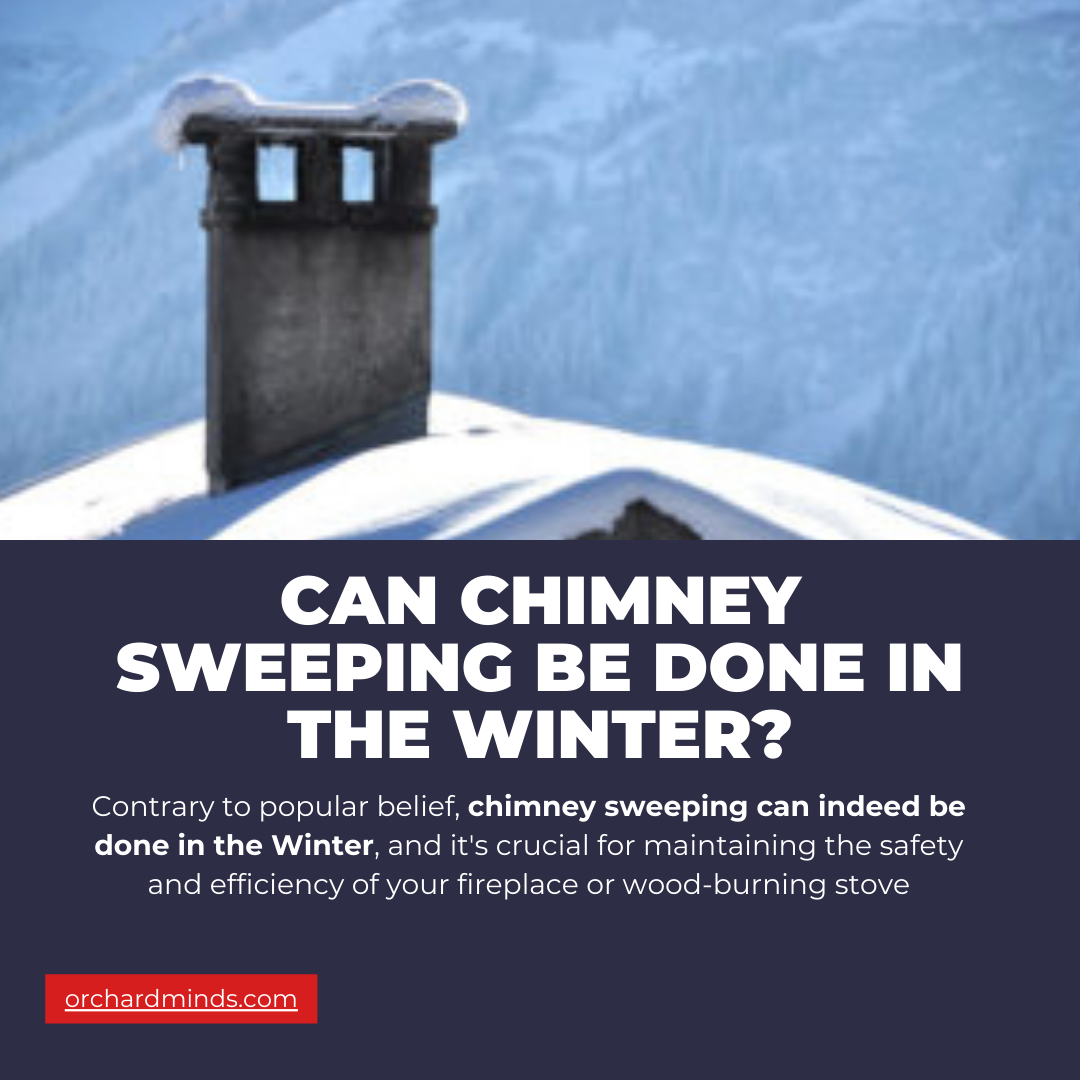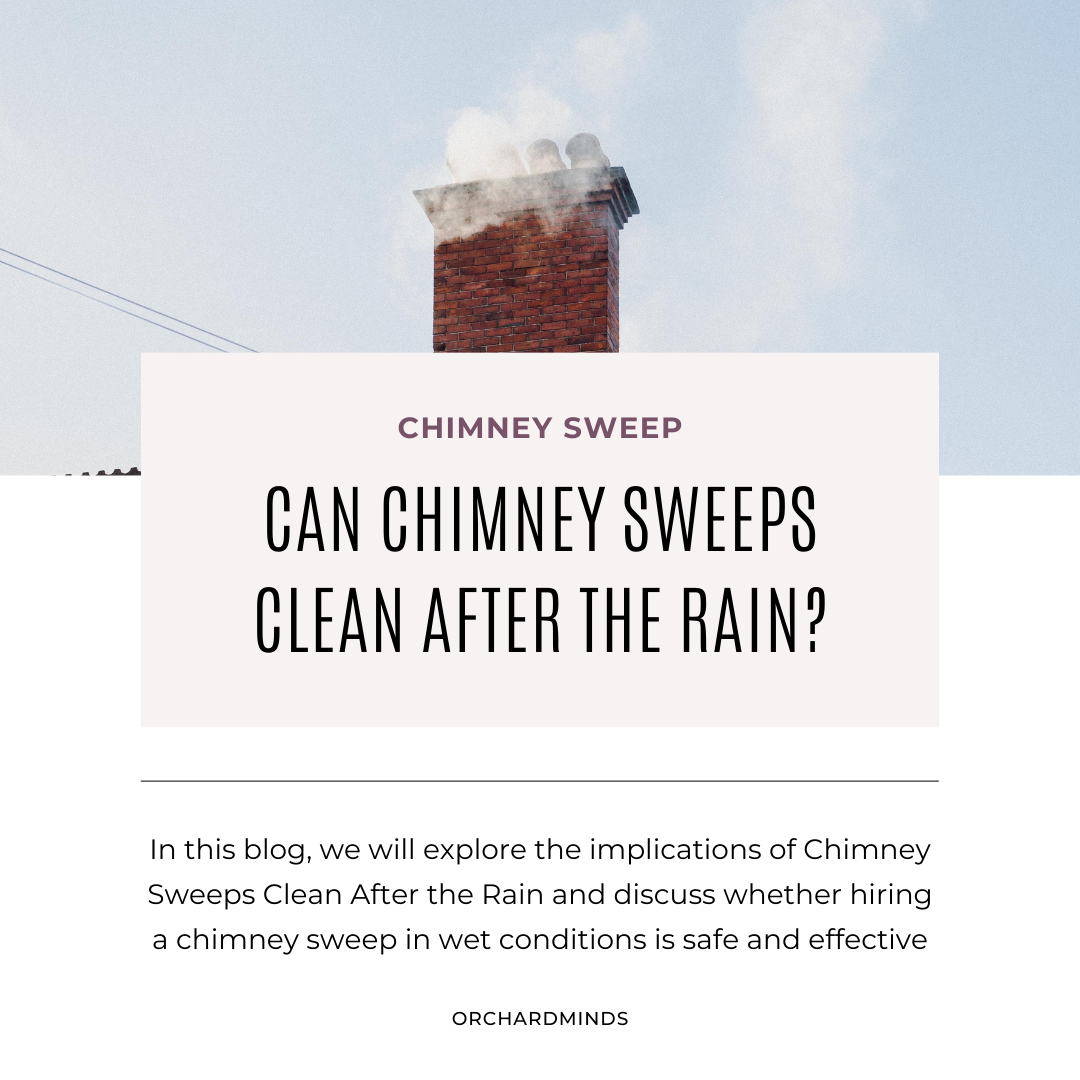Repointing and tuckpointing are both masonry techniques, but they differ in their purposes and methods. Repointing involves the removal and replacement of deteriorated or damaged mortar joints in a brick or stone wall. The primary goal of repointing is to enhance the structural integrity of the masonry and prevent further water penetration. On the other hand, tuckpointing is a more decorative process that involves using two contrasting colors of mortar to create the illusion of finely pointed joints. Typically, a thin line of mortar matching the color of the masonry is applied.
Then, a finer, different-colored mortar is used to create the appearance of a very narrow joint. While repointing is primarily functional, addressing structural concerns, tuckpointing serves a dual purpose by not only restoring the mortar joints but also providing an aesthetically pleasing finish to the masonry.
What is Mortar?
Mortar is a versatile building material used in construction to bind together bricks, stones, or other masonry units. Composed of a mixture of cement, sand, and water, mortar acts as a bonding agent that holds the individual components of a masonry structure in place. The specific proportions of these ingredients can vary based on the desired strength, texture, and application of the mortar. Mortar plays a crucial role in providing structural integrity and stability to masonry constructions, contributing to their durability and longevity.
Why Mortar Deteriorates?
Mortar deterioration can occur due to various factors, primarily stemming from exposure to environmental elements. One common cause is water infiltration, where moisture penetrates the mortar joints and triggers a range of issues. Freeze-thaw cycles, especially in colder climates, can exacerbate the problem. As water within the mortar freezes, it expands, leading to cracks and disintegration. Other contributors to mortar deterioration include exposure to acidic or alkaline substances, chemical reactions, and biological growth like algae or fungi. Additionally, environmental pollutants and air pollution can contribute to the breakdown of mortar over time. Regular maintenance, proper sealing, and addressing water drainage issues are essential to mitigate mortar deterioration and extend the life of masonry structures.
What Is The Difference Between Repointing And Tuck Pointing?
Repointing and tuckpointing are both masonry restoration techniques used to address issues with mortar joints in brickwork. Still, they differ in their primary goals and methods. Repointing is a broader term that refers to the process of removing deteriorated or damaged mortar from the joints between bricks, stones, or other masonry units and replacing it with new mortar. The main objective of repointing is to enhance the structural integrity of the masonry and prevent further damage by ensuring a solid, weather-resistant bond between the masonry units. Repointing is typically undertaken when the existing mortar has deteriorated due to age, weather exposure, or other environmental factors.
On the other hand, tuckpointing is a more specialized and decorative form of repointing. The primary purpose of tuckpointing is not only to restore the structural integrity of the masonry but also to create the illusion of well-maintained, fine joints. In tuckpointing, two different colors of mortar are used to fill the mortar joints.
The first, matching the color of the masonry units, is applied flush with the surface to blend with the bricks or stones seamlessly. The second, usually a contrasting color, is applied in a thin strip on top of the first to mimic the appearance of fine joints. This creates a visually appealing, crisp, and neat look, giving the illusion of tightly packed, well-maintained mortar joints even if the underlying mortar is in good condition.
How Repointing And Tuckpointing Differ: Application
Repointing and tuckpointing are both masonry repair techniques, but they differ in their application. Repointing involves removing and replacing deteriorated or damaged mortar joints in brick or stone walls with new mortar. The goal is to restore the structural integrity of the masonry. Tuckpointing, on the other hand, is a more cosmetic process. It involves applying a thin line of contrasting colored mortar on the surface of the masonry to create the illusion of well-maintained, fine joints, enhancing the overall appearance of the structure without actually replacing the entire mortar joint.
Does One Service Cost More Than The Other?
The cost of repointing versus tuckpointing can vary based on factors such as the extent of the damage, the size of the project, and the materials involved. Generally, repointing tends to be more expensive as it involves the removal and replacement of deteriorated mortar and addressing structural issues. Tuckpointing, being a more cosmetic procedure, may be less costly. However, the overall expenses depend on the specific requirements of each project, and it’s advisable to consult with a professional mason for an accurate cost estimate.
Why Repointing/Tuckpointing Are Important Maintenance Tasks
Repointing and tuckpointing are essential maintenance tasks for masonry structures. Over time, exposure to weather, temperature changes, and other environmental factors can cause mortar joints to deteriorate. It is important to address this deterioration to avoid structural instability, moisture infiltration, and potential damage to the entire masonry system. Regular repointing and tuckpointing not only enhance the aesthetic appeal of a structure but also contribute to its longevity and structural integrity, preventing more extensive and costly repairs in the future.
Can You DIY This Project?
While minor tuckpointing projects may be manageable for experienced DIYers, both repointing and tuckpointing are skilled tasks best left to professionals. Achieving the right mortar mix, joint profile, and color matching requires expertise. Moreover, improper execution can lead to structural issues or compromise the visual appeal of the masonry. Professional masons have the knowledge, skills, and tools to assess the extent of damage accurately and perform the necessary repairs with precision. For the long-term durability and aesthetics of the structure, it’s recommended to hire skilled professionals for repointing and tuckpointing projects.
Signs Your Mortar Needs Repair
Detecting early signs of mortar deterioration is crucial for maintaining the structural integrity of masonry. Common signs include cracks in the mortar joints, crumbling or eroding mortar, and gaps between bricks or stones. Stains, efflorescence, or a noticeable change in the mortar’s color may also indicate moisture-related issues. If you observe any of these signs, it’s essential to address them promptly to prevent further damage and potential structural issues.
When to Repoint
Repointing becomes necessary when the mortar joints have deteriorated to a point where they compromise the stability and weather resistance of the masonry. If the mortar is crumbling, showing signs of significant erosion, or has developed extensive cracks, repointing is likely required. Repointing involves removing damaged mortar and replacing it with fresh mortar, enhancing the overall strength and appearance of the masonry.
When to Tuckpoint
Tuckpointing is a specific type of repointing that involves using two different colors of mortar to create the illusion of well-maintained mortar joints. This technique is often employed for aesthetic purposes rather than structural reasons. Tuckpointing is recommended when the mortar is still structurally sound but the appearance of the joints has faded, or when homeowners desire a more polished and refined look for their masonry.
The Process of Repointing
Repointing is a meticulous process that involves removing deteriorated mortar without causing damage to the surrounding masonry. The first step is to carefully chisel or grind out the old mortar to a proper depth. The joints are then cleaned to remove dust and debris. Once prepared, fresh mortar, matching the original composition, is applied to the joints using specialized tools. The mortar is tooled to match the existing profile and finish. Proper curing time is allowed to ensure a durable bond. Repointing not only restores the structural integrity of the masonry but also enhances its appearance, contributing to the longevity of the structure.
The Process of Tuckpointing
Tuckpointing is a masonry repair technique used to enhance the appearance and structural integrity of brickwork or stone walls. The process involves removing deteriorated mortar joints and replacing them with fresh mortar. Skilled artisans carefully match the color of the new mortar to the existing masonry, creating an illusion of fine, continuous joints. Tuckpointing not only restores the aesthetic appeal of the structure but also addresses potential issues like water penetration by providing a tight seal. This meticulous process requires precision and expertise to ensure a seamless and durable result.
Freeze and Thaw
Freeze and thaw cycles can pose significant challenges to masonry structures. When water penetrates porous materials, such as brick or concrete, and subsequently freezes, it expands, exerting pressure on the surrounding material. Over time, this can lead to cracks, spalling, and the deterioration of the masonry. The repeated cycle of freezing and thawing exacerbates these issues, compromising the structural integrity of the construction. Proper maintenance, including tuckpointing to address deteriorated mortar joints, is essential to mitigate the effects of freeze and thaw damage on masonry structures.
Corrosion Damage
Corrosion damage can be a serious concern, especially in structures with metal components, such as steel reinforcement within concrete. Exposure to moisture and environmental elements can lead to the corrosion of metal, causing it to expand and weaken the surrounding masonry. This process, known as rust jacking, can result in cracks and structural instability. Tuckpointing is often employed as part of the repair strategy, addressing both the deteriorated mortar and providing an opportunity to inspect and replace corroded metal elements, preventing further damage and ensuring the longevity of the structure.
Problems with Original Construction
Issues arising from the original construction of a masonry structure can manifest in various ways, impacting both aesthetics and functionality. Poor artistry, the use of substandard materials, or inadequate design can contribute to problems such as uneven settling, cracking, or mortar deterioration. Tuckpointing becomes a crucial remedial measure in such cases, allowing for the repair and reinforcement of compromised mortar joints. By addressing the shortcomings of the original construction through tuckpointing, it is possible to enhance the structure’s durability, stability, and visual appeal.
How to Fix Chimney Leaks
Fixing chimney leaks involves identifying and addressing the source of water infiltration. Common causes include damaged flashing, cracked chimney crowns, deteriorated mortar joints, or a damaged chimney cap. To repair leaks, inspect the chimney for visible damage and replace or repair any compromised components. Applying a waterproof sealant or water repellent to the chimney’s exterior can provide an added layer of protection. Regular chimney maintenance, including inspections and timely repairs, is crucial to preventing and addressing leaks effectively.
Does Home Insurance Cover Chimney Damage?
Whether home insurance covers chimney damage depends on the cause of the damage and the terms of your insurance policy. Chimney damage resulting from sudden events like a fire, lightning strike, or falling object may be covered by a standard homeowners insurance policy. However, gradual wear and tear or lack of maintenance leading to damage may not be covered. It’s essential to review your policy, understand the coverage limits, and, if necessary, consider additional coverage for specific perils related to chimneys and fireplaces.
Convert Gas to Wood Fireplace
Converting a gas fireplace to a wood-burning one involves several steps. First, consult with a professional chimney sweep or fireplace installer to ensure your existing fireplace and chimney are suitable for wood burning. Install a fire-rated insert or a prefabricated wood-burning fireplace that meets local building codes. Ensure proper ventilation and compliance with safety regulations, including the installation of a chimney liner if required. Additionally, obtain any necessary permits before undertaking the conversion to ensure it meets safety standards and local regulations.
Chimney Soot and Creosote Dangers
Accumulation of chimney soot and creosote poses potential dangers. Soot, a byproduct of incomplete combustion, can obstruct the flue and hinder proper ventilation, leading to the release of harmful gases like carbon monoxide into the home. Creosote, a tar-like substance formed from condensed wood smoke, can accumulate in the chimney and become highly flammable, posing a fire hazard. Regular chimney cleaning and maintenance are essential to remove soot and creosote, reducing the risk of chimney fires and ensuring the safe operation of your fireplace or wood-burning stove. Professional chimney sweeps can perform thorough cleanings and inspections to address these dangers effectively.
Caution: Carbon Monoxide & Chimneys
It is crucial to exercise caution regarding carbon monoxide (CO) when dealing with chimneys. The incomplete combustion of fuels in fireplaces or heating appliances can lead to the production of carbon monoxide. This colorless, odorless gas poses serious health risks. Regular chimney maintenance, including inspection and cleaning, is essential to ensure proper ventilation and prevent CO buildup. Install carbon monoxide detectors in your home, especially near sleeping areas, and seek professional assistance if you suspect any issues with your chimney or heating system.
How much does tuckpointing cost vs repointing?
Tuckpointing and repointing are masonry restoration techniques used to repair mortar joints in brickwork. The cost of tuckpointing and repointing can vary based on factors such as the size of the project, the extent of mortar deterioration, and regional labor rates. Tuckpointing, which involves applying a thin layer of mortar for decorative purposes, may be less expensive than repointing, which involves removing and replacing deteriorated mortar joints. Repointing costs more due to the labor-intensive process of carefully removing old mortar and ensuring proper bonding with new mortar. Obtaining quotes from qualified masons is advisable to get accurate cost estimates for your specific project.
How long does repointed mortar last?
The lifespan of repointed mortar depends on various factors, including the quality of materials used, the skill of the mason, and the environmental conditions. When done correctly, repointed mortar can last for several decades. High-quality mortar mixtures, proper joint preparation, and professional application contribute to the longevity of repointed mortar. Regular maintenance, including inspections and repairs as needed, can further extend the lifespan of repointed mortar. Factors such as exposure to harsh weather conditions and seismic activity can influence the durability of repointed mortar joints.
How deep should you go when repointing?
When repointing mortar joints, the depth to which you should go depends on the condition of the existing mortar. In general, it is advisable to remove the deteriorated mortar to a depth of at least 3/4 inch to 1 inch to ensure a strong bond with the new mortar. However, the specific depth may vary based on the mortar’s condition and the mason’s recommendation. Going too shallow may result in poor adhesion while going too deep can weaken the structure. A skilled mason will assess the existing mortar and determine the appropriate depth during the repointing process to ensure a durable and aesthetically pleasing result.
